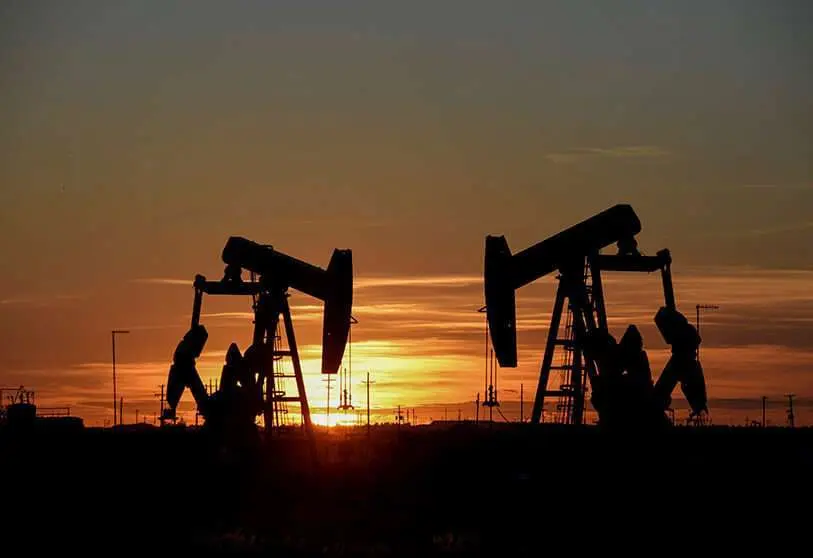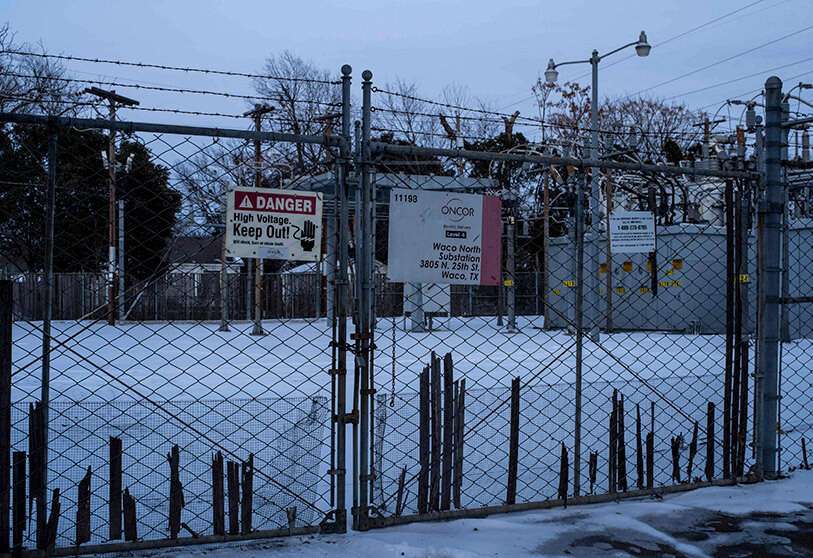Oil prices hit 13-month highs

The price of oil has reached the highest levels in the last 13 months, mainly due to the guarantee that interest rates in the United States will remain low, together with the fall in production in the North American country due to the storm that has paralysed practically all activity in Texas, leaving many homes without electricity.
Brent crude oil, the benchmark in Europe, rose above 65 dollars a barrel in February, while the US benchmark, West Texas Intermediate (WTI), exceeded 60 dollars a barrel.
The aforementioned assurance by the US Federal Reserve that interest rates would remain low for some time weakened the dollar while boosting investors' appetite for risk.
The storm in Texas has caused oil production to plummet by 10 per cent, or 1 million barrels per day less, officials said.
Industry analysts say US crude stocks may rise in the coming weeks as production resumes, while refinery capacity is expected to take longer to return to normal. Refinery output is currently down to levels not seen since 2008.
Another reason experts point to the more than 40% revaluation of oil in recent months is the decision by OPEC+ members to cut production. The cuts remain at 7.2 million barrels of oil per day, pending the outcome of the meeting to be held on 4 March, at which they will discuss the easing of oil supply restrictions.
On the other hand, although the vaccination campaign is progressing asymmetrically, it will allow restrictions on mobility to be lifted, economic activity to be reactivated and, therefore, demand for oil to increase.
According to a market report by the IEA, demand for crude oil is expected to recover 60% of the volume lost in 2020 by 2021. The international organisation points to a growth of 5.4 million barrels per day in 2021 to reach 96.4 million barrels per day. But it will not be until the second half of the year that demand will increase substantially, as in the first quarter demand is still expected to fall by one million barrels.
In any case, according to Barclays, we must remain "cautious in the short term" and watch closely what OPEC+ does and "the potential risks of the COVID-19 strains".

The need to embark on a green transition to a zero-emissions future is paving the way for renewables, which are increasingly gaining prominence globally.
Some oil companies are entering the green energy business. According to research by the consulting firm McKinsey & Company, more than 50% of the world's electricity will come from renewable sources by 2035. The report also points out that the changes brought about by COVID-19 regarding telework will reduce global oil demand by 2 million barrels per day in 2035.
At the same time, the most oil-dependent countries such as the United Arab Emirates and Saudi Arabia have already embarked on national strategies to diversify their economies. However, according to a report by the think tank Carbon Tracker, some would need international assistance as they could face a 46 per cent drop in expected oil and gas revenues as a result of tightening climate policy and technological advances.








